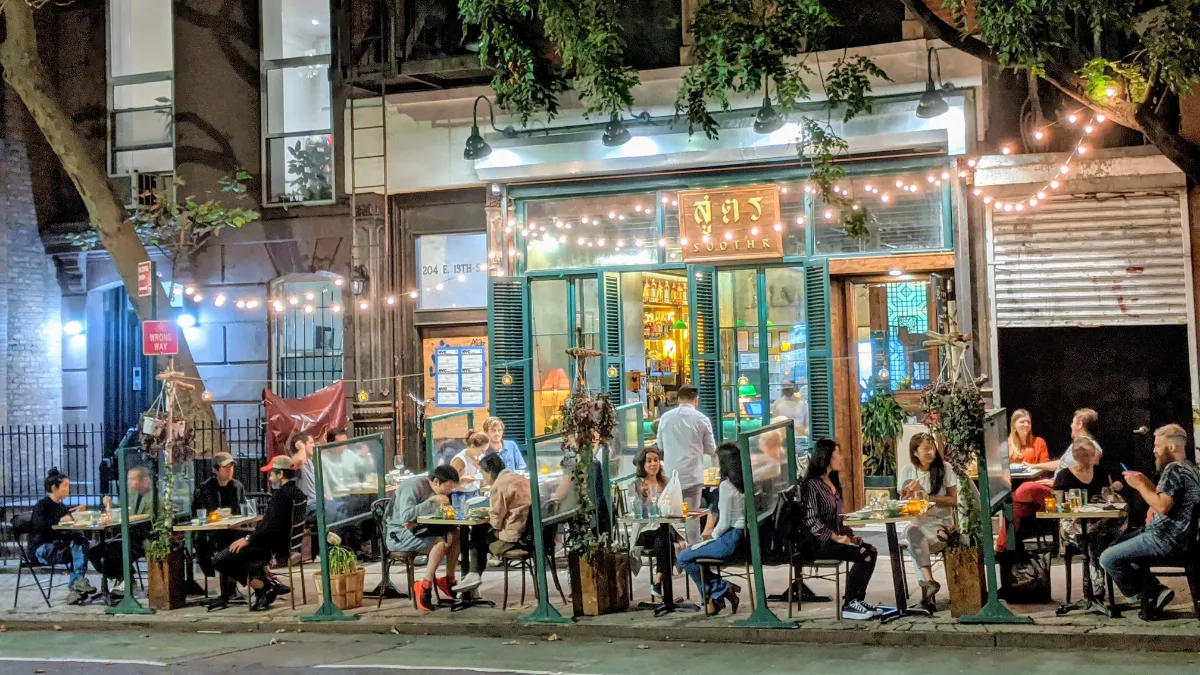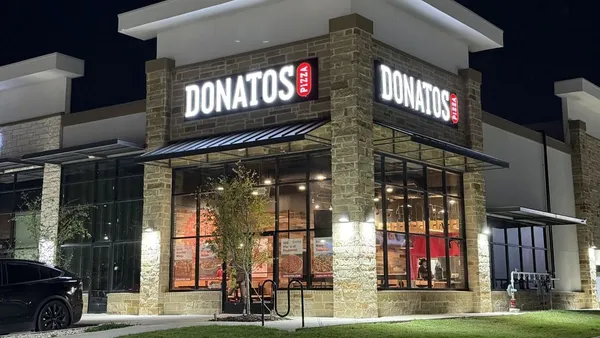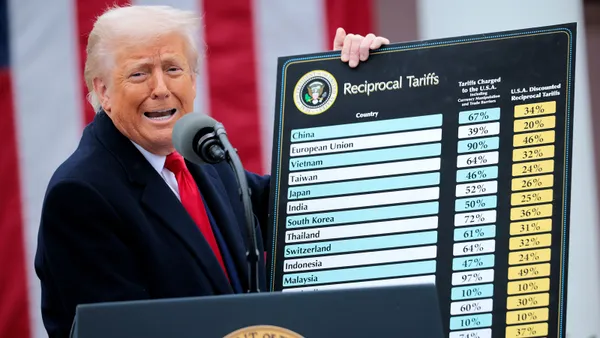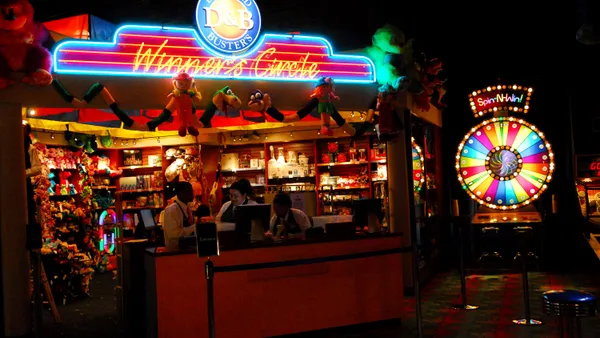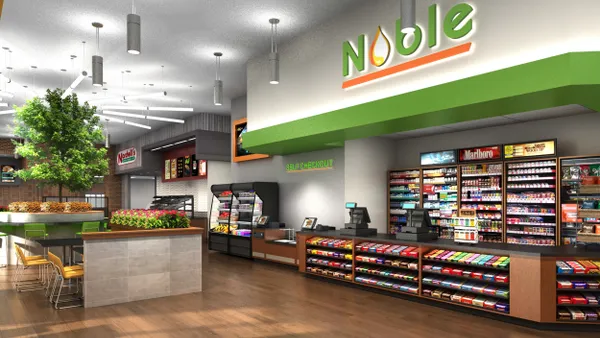Dive Brief:
- A survey of 400 restaurants by Rewards Network finds that half of respondents that offer outdoor seating or plan to offer it will invest in winterizing that area in the coming months.
- Of those who plan to winterize their restaurants, nearly two-thirds said diners will be “very” or “somewhat” willing to dine outdoors during the winter.
- Outdoor dining has been a strong lifeline for restaurants throughout the summer, having saved an estimated 90,000 restaurant jobs in New York City, so there is plenty of motivation to maintain that option even as cold weather sets in. But winterizing is costly. Igloo tents that have started to pop up in some restaurants can cost as high as $1,400 each, for example.
Dive Insight:
Outdoor dining will only grow in importance with limited indoor capacity expected to continue throughout the next few months as coronavirus cases spike across much of the country, but another complete shutdown or capacities that become even more limited will further devastate the industry. Of the restaurants surveyed by Rewards Network, 29% of those operating at less than full capacity said they could keep their doors opening indefinitely, while about half said they would last less than a year and 28% said they could last four to six months.
But keeping outdoor dining open during the winter comes with additional challenges, especially with rising costs as other restaurants scramble for similar equipment. One New York operator, for example, purchased heat lamps for $250 each, a $100 markup from their typical cost.
As such, several cities and states have stepped up to offer support for restaurants choosing to take a winterized outdoor dining route. New York’s Open Restaurants and Open Streets program has been made permanent and year round, while Chicago and Washington, D.C. are offering grants for restaurants to defray winterization expenses. This isn't just a big city effort, either. Cities from Fairfax, Virginia, to Iowa City, Iowa, and South Lake Tahoe, California, are offering grants to restaurants to pay for things like heaters and tents to sustain their business through the winter.
Even if restaurants figure out the outdoor dining piece, it is still a limited capacity ballgame, and the Independent Restaurant Coalition has made it clear that operating at 50% isn't enough for its constituents to stay open, while 25% capacity could be a death knell.
Adding to the significant challenge of navigating limited capacities is not knowing how long those regulations could last or if those limited capacities could turn into shutdowns again. Earlier this week, Chicago reclosed its dining rooms due to growing concerns about a second wave of the coronavirus. New York City has been shutting down or restricting dine-ins within specific neighborhoods. No amount of winterization investment can prevent losses from these restrictions and calls are growing for government assistance to navigate such unpredictability.


